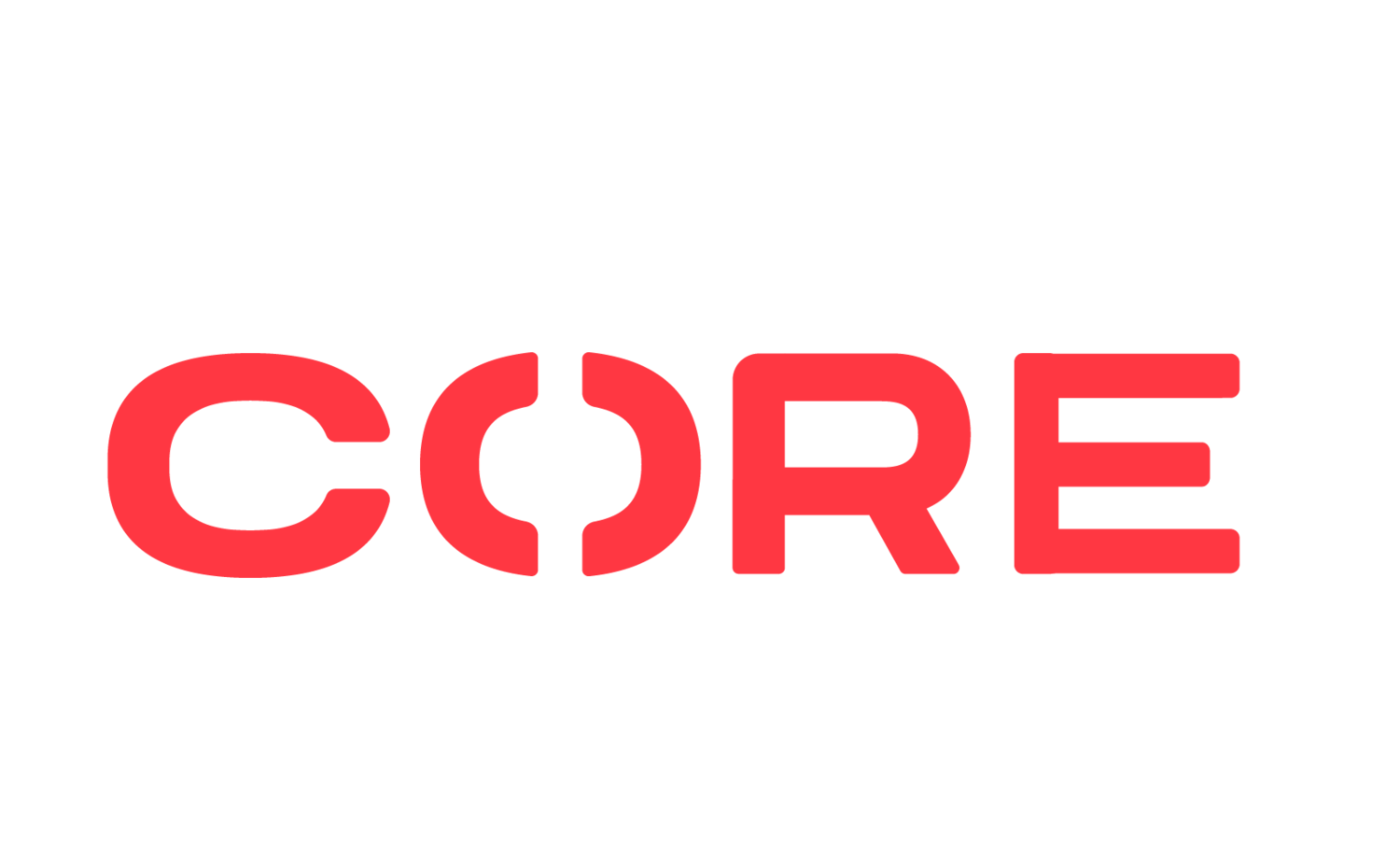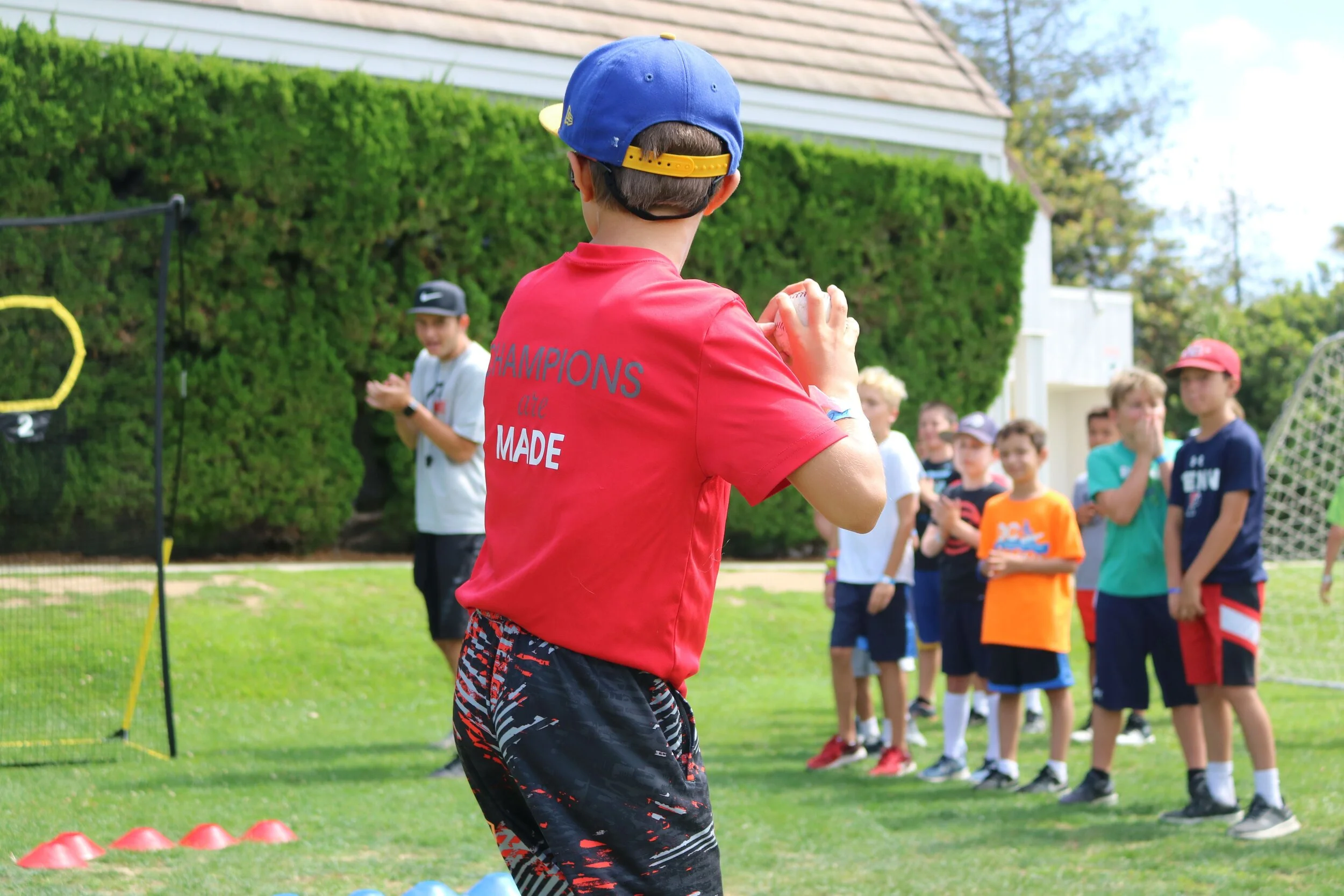Use These 2 Practice Techniques to Lock-in New Skills!
At CORE, we teach our kids to push themselves to work hard at all times, especially when facing challenges. In fact, Try Your Best is one of our three CORE Kid values that we expect everyone—kids and coaches—to embody at all times. The other two CORE Kid values are Be Respectful and Have Fun! We know that learning new skills is tough and that each one can take a long time to master. It’s easy to get discouraged when we don't see quick results so when plateaus happen, don’t quit. Dig deep, shake things up and try these two proven practice techniques to see improvement.
2 Types of Practice for Learning New Sports Skills
When we first learn new skills, we often repeat the task for an extended period of time. This first type of practice is called Blocked Practice. Blocked Practice involves repeating the skill in a large “block” of time¹. For example, when we learn how to kick a soccer ball with the laces of our shoe, we practice the kick again and again until we become comfortable with the feeling and movements. Once we are comfortable, it is easy to think we have mastered this sports skill. On the contrary, executing everything correctly during Blocked Practice means we have mastered the basics, but now it is time to begin challenging ourselves².
To strengthen our sports skills, we need to incorporate the second type of practice, Random Practice. In Random Practice, we perform the skill a few times, take a break or drill something else, then return to work on the skill again¹. This type of training is important because it’s most similar to the way we play in a real game—we react to unpredictable scenarios and, as a result, our movements are not as planned. Random Practice forces us to use the new skill without conscious thinking—this is when we are “in the zone” or flow.
Flow is an experience where our subconscious mind (the part of the mind that stores experiences, skills, and memories) makes decisions so we can quickly react in a relaxed yet focused state³. During flow, we call upon an ingrained skill and have the confidence in ourselves to move and react without conscious thinking. We trust ourselves to execute without conscious (or deliberate) thought.
Many athletes and coaches refer to flow as being “in the zone.” Getting in the zone requires that we have practiced our movements, skills, and plays often enough that they are solidified in our brains. This is why Random Practice is critical to our athletic development. Random Practice helps us reactively execute sports skills in flow, while we use our conscious thoughts to focus on the developing play and movement of the game.
Use Blocked Practice and Random Practice to Improve any New Skill
Whether you are practicing a new skill for sports or school, follow these four steps to use Blocked Practice and Random Practice for the most effective learning and retention.
Begin with Blocked Practice: practice until you think you can do it perfectly.
Then, begin Random Practice: practice the skill, take a 15-minute break, and practice it again.
After executing the skill correctly a few times, take a longer break. The longer the break, the harder your brain will be working to retain the mechanics. This is where the skill really sinks in.
As you improve, take longer or more frequent breaks between practice sessions.
Alternating between practice and breaks helps you retain the mechanics of the skill and see improvements in your ability to execute it!
Ready for a Skills Challenge?
Now that you’ve mastered a few different skills, alternate between performing skills instead of taking a full break. For example:
If you’re learning how to throw (or improve) a spiral for flag-football, make a couple of practice throws; practice some running plays; then, return to your throwing practice.
If you are learning fractions for math class, solve a few problems; work on some multiplication; then, return to your fractions. Working on other tasks between your new skill is more similar to a real game or a math test!
Learning new skills is a part of life, on and off the playing field. In order to grow and develop as students and athletes, we must always be open to learning. We may want to take a large leap from Little League to the Big Leagues, however, there are 90-feet between each base and it’s important to learn each step of the way.
Remember, use Blocked Practice to fully learn the basics of a new skill. Once you feel comfortable, challenge yourself with Random Practice to solidify your new skill. Over time, increase the length or number of your breaks and work on other skills in between to create more realistic scenarios. The 1-2 combo of Blocked Practice followed by Random Practice will take your skills to the next level!
To learn and practice Sports Skills, check out the CORE YouTube Channel.
By Rachel Hoeft, M.A., Director of Program Development, CORE Athletic Training
Rachel is the Director of Program Development at CORE Athletic Training. Rachel has completed her Bachelor’s Degree in Sport Psychology & Leadership and Master’s Degree in Sport & Exercise Psychology. Rachel is currently completing her Doctorate in Sport & Performance Psychology. Her education in sport psychology and many years of competitive athletics help her work with athletes to identify and resolve many common issues that impact athletic performance and everyday life. Learn more and follow Rachel o Instagram @rhoeftspc.
References
Schmidt, R., & Lee, T. (2013). Motor Learning and Performance with Web Study Guide: From Principles to Application, 5th ed. Human Kinetics, Champaign, IL
Jackson, S. (1992). Athletes in flow: A qualitative investigation of flow states in elite figure skaters. Journal of Applied Sport Psychology, 4, 161-180.
Rukavina, P., & Foxworth, K. (2009). Using motor-learning theory to design more effective instruction. JOPERD: The Journal of Physical Education, Recreation & Dance. 80(3), 17-37.




